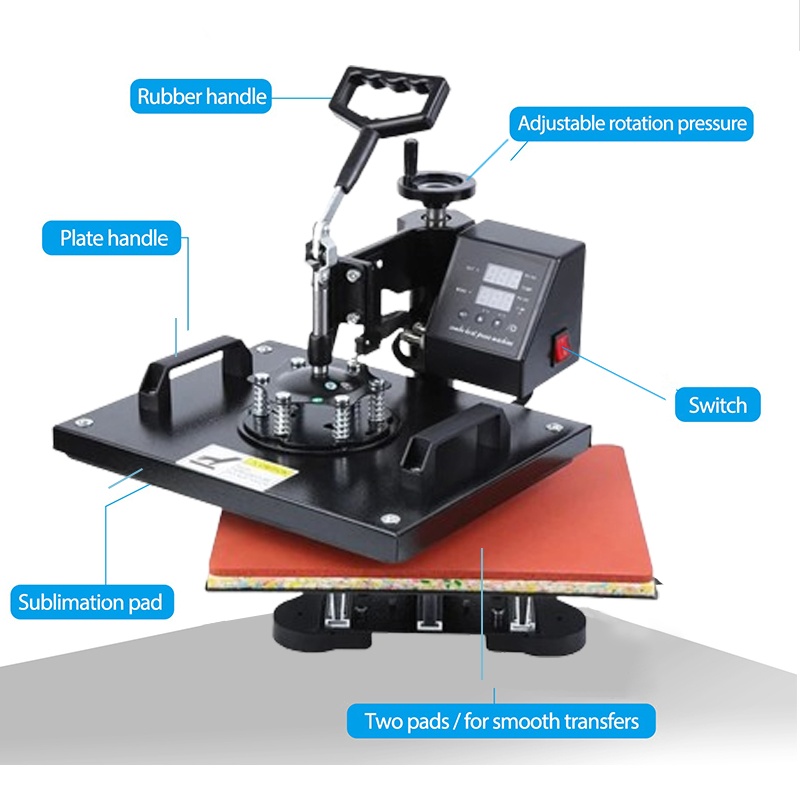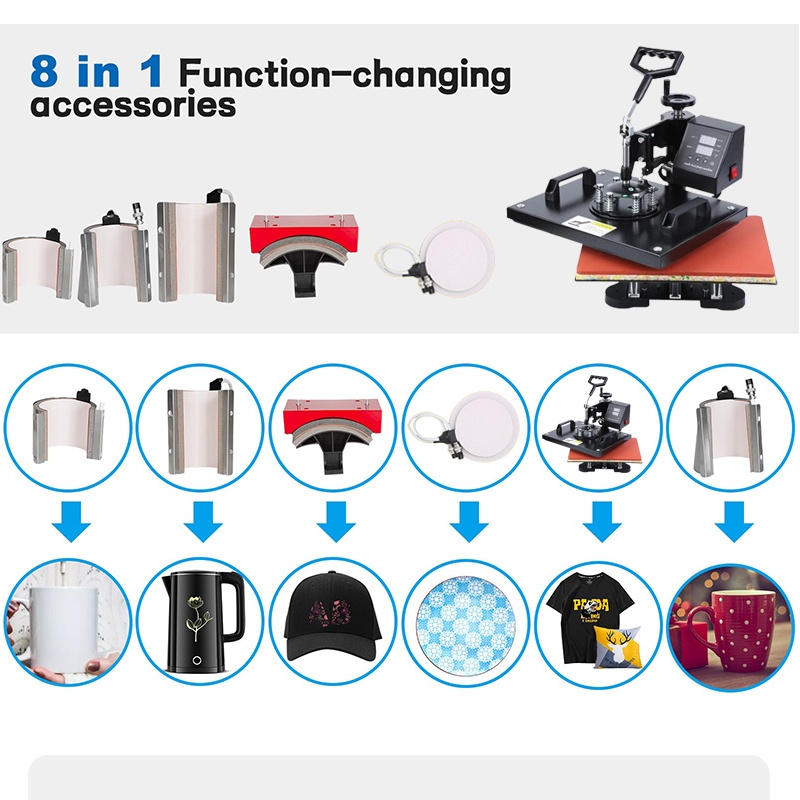Unveiling the Power of Heat Transfer Printers: Applications, Usage, and Best Practices
Unveiling the Power of Heat Transfer Printers: Applications, Usage, and Best Practices
Introduction:
Heat transfer printers have emerged as a game-changing solution in the realm of printing, offering unparalleled versatility and quality. In this product news article, we explore the various applications, usage guidelines, and essential considerations for harnessing the full potential of heat transfer printers in diverse settings.

Versatile Applications:
From personalized apparel and promotional merchandise to industrial prototypes and custom signage, the applications of heat transfer printers are virtually limitless. These printers excel in transferring high-quality designs onto textiles, ceramics, metals, and other substrates, making them indispensable for businesses across industries, including fashion, advertising, manufacturing, and more.
Seamless Usage Guidelines:
Utilizing a heat transfer printer effectively involves adhering to a set of best practices to ensure optimal results. Proper selection of transfer materials, maintaining consistent heat and pressure, and ensuring precise alignment are key factors that contribute to successful transfers. Additionally, understanding the specific requirements of different substrates is crucial for achieving durable and vibrant prints.
Attention to Detail:
Attention to detail is pivotal when using heat transfer printers, particularly in the preparation of artwork and designs. High-resolution graphics, properly scaled designs, and color accuracy are essential for achieving professional-grade results. Moreover, thorough substrate preparation, including cleaning and priming, is paramount for ensuring adhesion and longevity of the transferred prints.

Quality Control and Testing:
Before embarking on large-scale production, it is imperative to conduct thorough quality control and testing procedures. This involves performing trial runs, inspecting finished transfers for adherence and color fidelity, and assessing wash fastness and durability. Quality control measures help identify and rectify potential issues before they impact the final output.
Environmental Considerations:
While heat transfer printing offers numerous advantages, it is important to be mindful of environmental considerations. Choosing eco-friendly transfer materials and inks, implementing energy-efficient equipment, and responsibly managing waste are integral to reducing the ecological footprint associated with heat transfer printing operations.
Compliance and Safety:
Adherence to industry standards and safety regulations is non-negotiable when utilizing heat transfer printers. Operators should be well-versed in equipment safety protocols, including proper handling of heated components and adherence to ventilation guidelines. Additionally, compliance with relevant regulations pertaining to chemical usage and emissions is crucial for a responsible and sustainable printing environment.
Conclusion:
The utilization of heat transfer printers represents a transformative approach to printing, offering boundless creative possibilities and commercial opportunities. By understanding the diverse applications, adhering to usage guidelines, and prioritizing quality control, businesses can leverage the full potential of heat transfer printing to deliver exceptional, customized products across various sectors. With careful attention to detail, environmental responsibility, and a commitment to compliance and safety, heat transfer printers stand as a cornerstone of innovation and creativity in the modern printing landscape.
